INDICATORS OF ABUSE
WHAT ARE THE WARNING SIGNS?
IDENTIFYING INDICATORS OF HARMFUL TREATMENT PROGRAMS
Looking at a website or taking the recommendation of an educational consultant or other individual profiting prom the placement of your child can be misguiding. Survivors of institutional abuse have shared their stories and their experiences in harmful programs. There are practices that are all too common in this industry. These practices are in direct opposition to the safe and nurturing space required for a youth to recover. Children and youth cannot be punished out of a mental health struggle. Know the signs and protect those whom you love.

A program does not need to have all or even many of theses practices. The very presence of any of these practices is an indicator the program implements abusive practices and should be avoided.
For Information on alternatives to residential placements, click below.
INDICATORS OF A HARMFUL PROGRAM
The program recommends involuntary admittance
The program recommends forceful “transportation” or “escort” services
The program is not state-licensed or accredited for at least three components: educational, mental/behavioral health, and residential
The program uses a contract with terms that ask the parents to sign over their custodial rights or agree to not report child abuse
The program employs mostly uneducated or untrained staff to handle the majority of the day-to-day care of the children
The program uses high-pressured sales tactics urging parents to “act now” or else their child will be harmed
The program restricts family communication and parental rights
The program only allows monitored and/or limited telephone communication with parents
The program only allows monitored, limited, and/or censored written communication with parents
The program denies the child the ability to contact law enforcement or advocates to report abuses
The duration of the internment at the program is ambiguous – creating an indefinite detainment
Certain staff at the program receive bonuses or commissions for having a high headcount of children enrolled
The program unethically uses restraints (i.e. to punish a child, use without attempting de-escalation, and/or restraining them when they are not an imminent risk of harm to themselves or others)
The program uses restraints or causes discomfort to the child in the hopes they will comply (i.e. pressure points)
The program uses dangerous and unethical physical, chemical, or mechanical restraint methods such as prone restraints, pepper spray, etc
The program allows regular staff to have the discretion to use chemical restraints that are later “rubber-stamped” by a doctor and/or nurse
The program punishes the child by restricting social interaction, socially ostracizing them, and/or forced “silence”
The program requires children to initially “earn” the right to have normal social interactions (i.e. needing to be at a certain level in the program in order to have basic conversations with their peers)
The program requires prolonged isolation from society
The program punishes the child with forced labor
The program uses fear, shame, humiliation, and/or intimidation as part of their behavioral modification practices
The program punishes the child by forcing them to sit or lay in stress positions
The program deprives the child of basic necessities such as food, water, sleep, and/or access to a bathroom
The program denies medical care (i.e. refusal to allow children to see a doctor or accusing them of attention seeking)
The program punishes the children by denying them access to school
The program structure has a peer hierarchy where children are responsible for punishing and restraining other children
The program uses isolation/seclusion/solitary confinement rooms
The program uses an overstructured routine for the children which allows little-to-no free time
The program uses attack therapy or group attack therapy on children
The program uses aversion therapy on children
The program provides conversion therapy or any “treatment” that claims to change a child’s sexual orientation
The program forces sexualized behavior/sexual abuse as part of “treatment”
The program sexual shames the child as part of “treatment”
The program’s school curriculum is textbook/self-study dependent – a lack of qualified teachers, tutors, and regular class structure
The school is nationally accredited, not regionally – regional accreditation is considered the gold standard for schools


